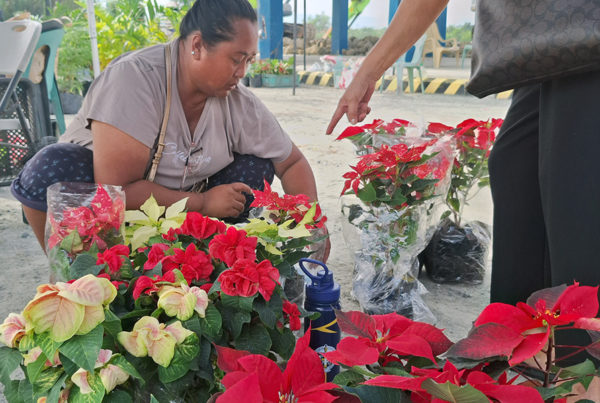Study reveals dangers posed by fish pens
THE first phase of Norwegian government—funded project earlier done in the coastal areas of Dagupan-Binmaley-Lingayen and Bolinao and Anda following the 2001 massive fishkill confirmed that fish pen operations have contributed to the degradation of rivers and tributaries in those areas.
The project Environmental Monitoring and Modeling Towards Sustainable Aquaculture Development phase of the project gave proof how unconsumed commercial feeds deposited at the bottom of the fish pens and seriously impeded water flow, which contributed to massive fish kills.
The project, funded by the Norwegian Agency for Development Cooperation (NORAD), is being implemented by the National Integrated Fisheries Technology Development Center and the Bureau of Fisheries and Aquatic Resources (BFAR) in Dagupan City.
The coastal town of Sual will be one of the sites for the second phase of the Environmental Monitoring and Modeling Towards Sustainable Aquaculture Development in the Philippines.
Dr. Westly Rosario, head of the BFAR Dagupan and interim executive director of the National Fisheries Research Development Institute, said the results of phase 1 of the study were well-accepted by fish farmers and actions have since been taken to avoid a similar massive fish kill incident
The NORAD paper aims to teach fish farmers how scientific methods can help them identify the correct stocking density for fish, right location for fish cages, and the economics of materials used for fish farming.
The second phase will also focus on developing models for a mariculture park that will be set up offshore to prevent pollution problems arising from aquaculture projects.
Sual was chosen given its good historical information on extensive fish culture activities in fish pens and its proximity to the Bacquioen Bay, which is being eyed for the mariculture park.
Similar studies are being undertaken in Panabo City in Davao del Norte and in Quezon province. #







